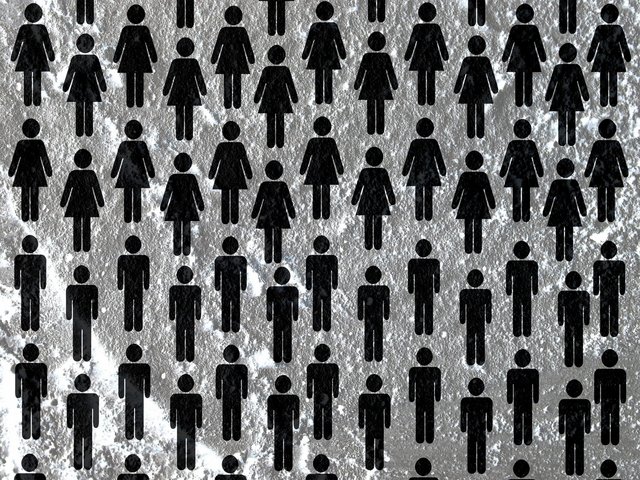Good presentation can make statistical data easy to read, understand and interpret. Therefore it is important to present data clearly.
| An English teacher gave an essay to 15 students. |
She graded the essays from A (very good), through B, C.D, E to f (very poor). The grades of the students were:
B, C, A, B, A, D, F, E, C, C, A, B, B, E, B
Lists and tables
Rank and order list
Rank order means in order from highest to lowest. The 15 grades are given in rank order below:
A, A, A, B, B, B, B, C, C, C, E, E, F
Notice that all the grades are put in the list even though most of them appear more than once. The ordered list makes it easier to find the following: the highest and lowest grades; the number of students who got each grades; the most common grade; the number of students above and below each grade; and so on.
Frequency table
Frequency means the number of times something happens. For example, three students got grade A.
The frequency of grade A is three. A frequency table, gives the frequency of each grade.
| Grade | A | B | C | D | E | F |
| frequency | 3 | 5 | 3 | 1 | 2 | 1 |
Graphical Presentation
In most cases, a picture will show the meaning of statistical data more clearly than a list of or table or numbers. The following methods of presentation give the data of the example in picture, or graph, form.
Pictogram
A pictogram uses pictures or drawings to give a quick and easy meaning to statistical data.

Bar chart
A bar chart represents the data as horizontal or vertical bars. The length of each bar is proportional tothe amount that it represents.
There are 3 main types of bar charts.
Horizontal bar charts, vertical bar chart and double bar charts.
When constructing a bar chart it is important to choose a suitable scale to represent the frequency.
The following table shows the number of visitors to a park for the months January to March.
| Month | January | February | March |
| Number of visitors | 150 | 300 | 250 |
Solution
Pie Chart
Pie charts are useful to compare different parts of a whole amount. They are often used to present financial information. E.g. A company’s expenditure can be shown to be the sum of its parts including different expense categories such as salaries, borrowing interest, taxation and general running costs (i.e. rent, electricity, heating etc).
A pie chart is a circular chart in which the circle is divided into sectors. Each sector visually represents an item in a data set to match the amount of the item as a percentage or fraction of the total data set.
Example
A family’s weekly expenditure on its house mortgage, food and fuel is as follows:
| Expenses | N |
| Mortgage | 300 |
| Food | 225 |
| Fuel | 75 |
Draw a pie chart to display the information.
Solution
The total weekly expenditure = N300 + N225 + N75 = N600
We can find what percentage of the total expenditure each item equals.
Percentage of weekly expenditure on:
Mortgage = 300/600 X 100% = 50%
Food = 225/600 X 100% = 37.5%
Fuel = 75/600 X 100% = 12.5%
To draw a pie chart, divide the circle into 100 percentage parts. Then allocate the number of percentage parts required for each item.
Note
It is simple to read a pie chart. Just look at the required sector representing an item (or category) and read off the value. For example, the weekly expenditure of the family on food is 37.5% of the total expenditure measured.
A pie chart is used to compare the different parts that make up a whole amount.
Exercise
The following is a rank order list of an exam result: 87, 82, 78, 76, 75, 70, 66, 64, 59, 59, 59, 51, 49, 48, 41.
Read our disclaimer.
AD: Take Free online baptism course: Preachi.com 